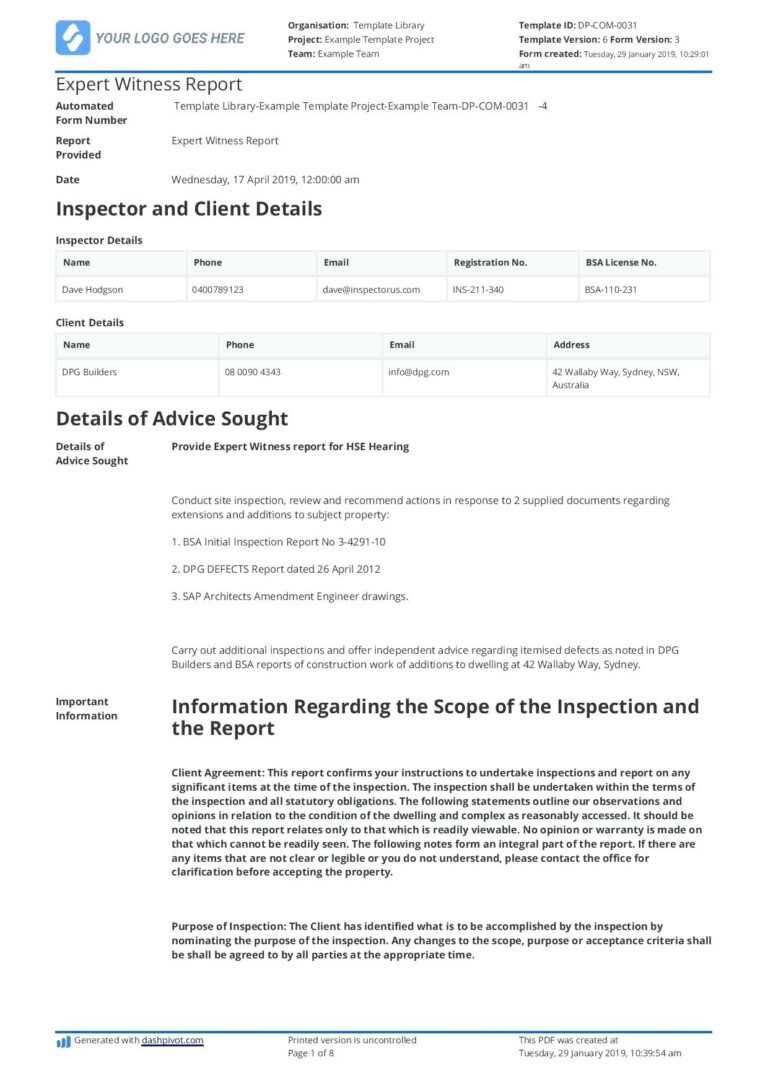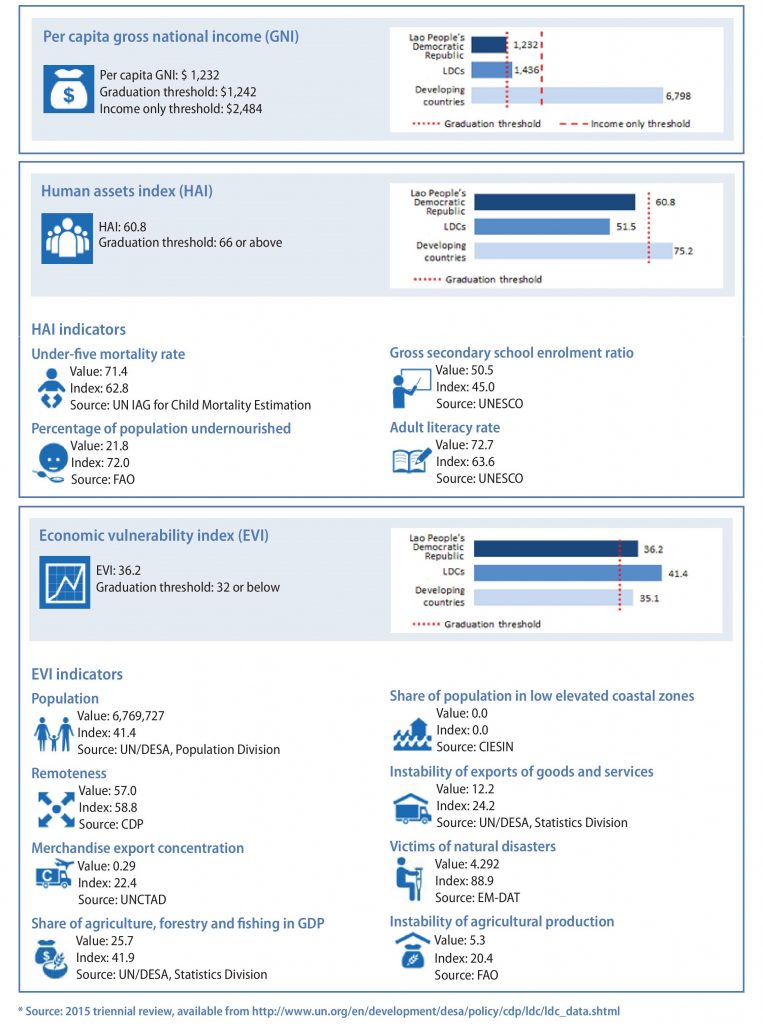Hydrogen Vs. Battery Buses: A European Transit Comparison

Table of Contents
Environmental Impact: Emissions and Lifecycle Analysis
The environmental performance of both hydrogen and battery buses is a critical factor in their evaluation. While both offer zero tailpipe emissions, a comprehensive lifecycle assessment is necessary to understand their true environmental impact.
Greenhouse Gas Emissions
- Battery Buses: While offering zero tailpipe emissions, the carbon footprint of battery buses depends heavily on the electricity source used for charging. Using renewable energy sources like solar and wind power significantly reduces their carbon footprint, whereas reliance on fossil fuel-based electricity negates many environmental benefits.
- Hydrogen Buses: The greenhouse gas emissions associated with hydrogen buses depend heavily on the method of hydrogen production. "Grey hydrogen," produced from natural gas, carries a substantial carbon footprint. However, "green hydrogen," produced using renewable energy sources like electrolysis powered by solar or wind energy, offers a significantly cleaner alternative.
- Lifecycle Emissions: A full lifecycle assessment (LCA) must consider manufacturing, operation, and end-of-life disposal for both technologies. This includes the emissions associated with raw material extraction, manufacturing processes, and the recycling or disposal of batteries and fuel cell components. Currently, studies suggest that the lifecycle emissions of green hydrogen buses could be comparable or even lower than battery-electric buses, depending on the energy mix used for electricity generation.
Air Pollution
Both hydrogen and battery buses offer significant improvements in local air quality compared to diesel buses, drastically reducing emissions of particulate matter, nitrogen oxides (NOx), and other harmful pollutants.
- Battery Buses: Produce virtually no local air pollutants during operation.
- Hydrogen Buses: The only emission from a hydrogen fuel cell bus is water vapor. However, potential concerns exist regarding hydrogen production and leakage, which could release greenhouse gases or contribute to air pollution if not properly managed. Strict regulations and technological advancements are mitigating these risks.
Infrastructure Requirements and Costs
A major differentiating factor between hydrogen and battery buses lies in their respective infrastructure needs and associated costs.
Refueling Infrastructure for Hydrogen Buses
- Current Status: The current network of hydrogen refueling stations in Europe is still relatively limited, posing a significant barrier to widespread adoption.
- Cost of Establishment: Building a comprehensive hydrogen refueling infrastructure requires substantial investment, encompassing the production, storage, and distribution of hydrogen.
- Comparison with Battery Infrastructure: Establishing a hydrogen refueling network is considerably more expensive and complex than expanding the charging infrastructure for battery-electric buses.
Charging Infrastructure for Battery Buses
- Existing Infrastructure: Europe is witnessing a rapid expansion of charging infrastructure for electric vehicles, including buses. Many cities are investing heavily in dedicated charging depots and fast-charging stations.
- Costs: While the initial investment in charging infrastructure is significant, the costs are generally lower than for hydrogen refueling. Various charging technologies (fast charging, opportunity charging, depot charging) allow for flexibility in deployment and operational strategies.
- Technological Advancements: Continued advancements in battery technology are leading to increased energy density and faster charging times, further reducing infrastructure costs and enhancing operational efficiency.
Vehicle Costs
- Purchase Price: Currently, hydrogen fuel cell buses typically have a higher initial purchase price compared to battery-electric buses.
- Operational Costs: The operational costs, including fuel/electricity, maintenance, and repair, differ significantly. Hydrogen fuel is generally more expensive than electricity, although advancements in hydrogen production and storage technologies are aiming to lower costs. Battery maintenance can be costly depending on the battery chemistry and usage patterns.
- Total Cost of Ownership (TCO): A comprehensive TCO analysis over the lifespan of the vehicle, encompassing all costs, is crucial for a fair comparison. The TCO for hydrogen buses is expected to decrease as the technology matures and hydrogen production becomes more cost-effective.
Operational Performance and Suitability
The operational performance and suitability of hydrogen and battery buses vary depending on several factors.
Range and Refueling/Charging Time
- Range: Hydrogen buses generally offer a longer range than battery-electric buses, making them suitable for longer routes and less frequent stops.
- Refueling/Charging Time: Refueling a hydrogen bus is significantly faster than charging a battery bus, minimizing downtime and enhancing operational efficiency. However, the availability of refueling stations is a limiting factor.
- Route Planning: The longer range and faster refueling of hydrogen buses allow for more flexible route planning, especially for suburban and intercity routes. Battery electric buses might require more strategic planning around charging stops, especially for longer routes.
Passenger Capacity and Comfort
Both hydrogen and battery buses offer comparable passenger capacity and comfort levels. However, subtle differences may exist in noise levels and vibration, with electric buses potentially offering a quieter and smoother ride.
Suitability for Different Route Types
- Urban Routes: Battery-electric buses are currently well-suited for urban routes due to the availability of charging infrastructure and shorter route lengths.
- Suburban and Intercity Routes: Hydrogen buses might be more suitable for longer routes due to their longer range and faster refueling times, though infrastructure limitations remain a challenge.
- Mixed Fleets: A mixed fleet approach, utilizing both hydrogen and battery buses based on route characteristics and operational needs, may be the optimal solution for many European cities and regions.
Conclusion
The choice between hydrogen and battery buses for European transit involves a complex interplay of environmental considerations, infrastructure investment, and operational performance. While battery-electric buses currently enjoy a more mature and readily available charging infrastructure, hydrogen offers potential advantages in range and refueling speed, particularly for longer routes and less densely populated areas. The ideal solution will likely involve a strategic combination of both technologies, tailored to specific urban and regional contexts. Continued research, development, and investment in both hydrogen and battery technologies are essential to achieving a truly sustainable and efficient public transport system throughout Europe. To learn more about optimizing your city's green transportation strategy, continue your research on the ongoing advancements in hydrogen vs. battery buses in Europe.

Featured Posts
-
 Cavs Ticket Donation Program Simplifies Charitable Giving
May 07, 2025
Cavs Ticket Donation Program Simplifies Charitable Giving
May 07, 2025 -
 16 Million Penalty For T Mobile Three Year Data Breach Investigation Concludes
May 07, 2025
16 Million Penalty For T Mobile Three Year Data Breach Investigation Concludes
May 07, 2025 -
 Shooting At Arizona Restaurant Results In Multiple Injuries
May 07, 2025
Shooting At Arizona Restaurant Results In Multiple Injuries
May 07, 2025 -
 Governments Plan For A Successful Ldc Graduation
May 07, 2025
Governments Plan For A Successful Ldc Graduation
May 07, 2025 -
 Epatazhna Rianna Fotosesiya U Nizhnikh Rozhevikh Tonakh
May 07, 2025
Epatazhna Rianna Fotosesiya U Nizhnikh Rozhevikh Tonakh
May 07, 2025
Latest Posts
-
 76
May 08, 2025
76
May 08, 2025 -
 2 0 76
May 08, 2025
2 0 76
May 08, 2025 -
 76 2 0
May 08, 2025
76 2 0
May 08, 2025 -
 The Night Inter Milan Beat Barcelona To Reach The Champions League Final
May 08, 2025
The Night Inter Milan Beat Barcelona To Reach The Champions League Final
May 08, 2025 -
 Inters All Time Victory Reaching The Champions League Final By Defeating Barcelona
May 08, 2025
Inters All Time Victory Reaching The Champions League Final By Defeating Barcelona
May 08, 2025
